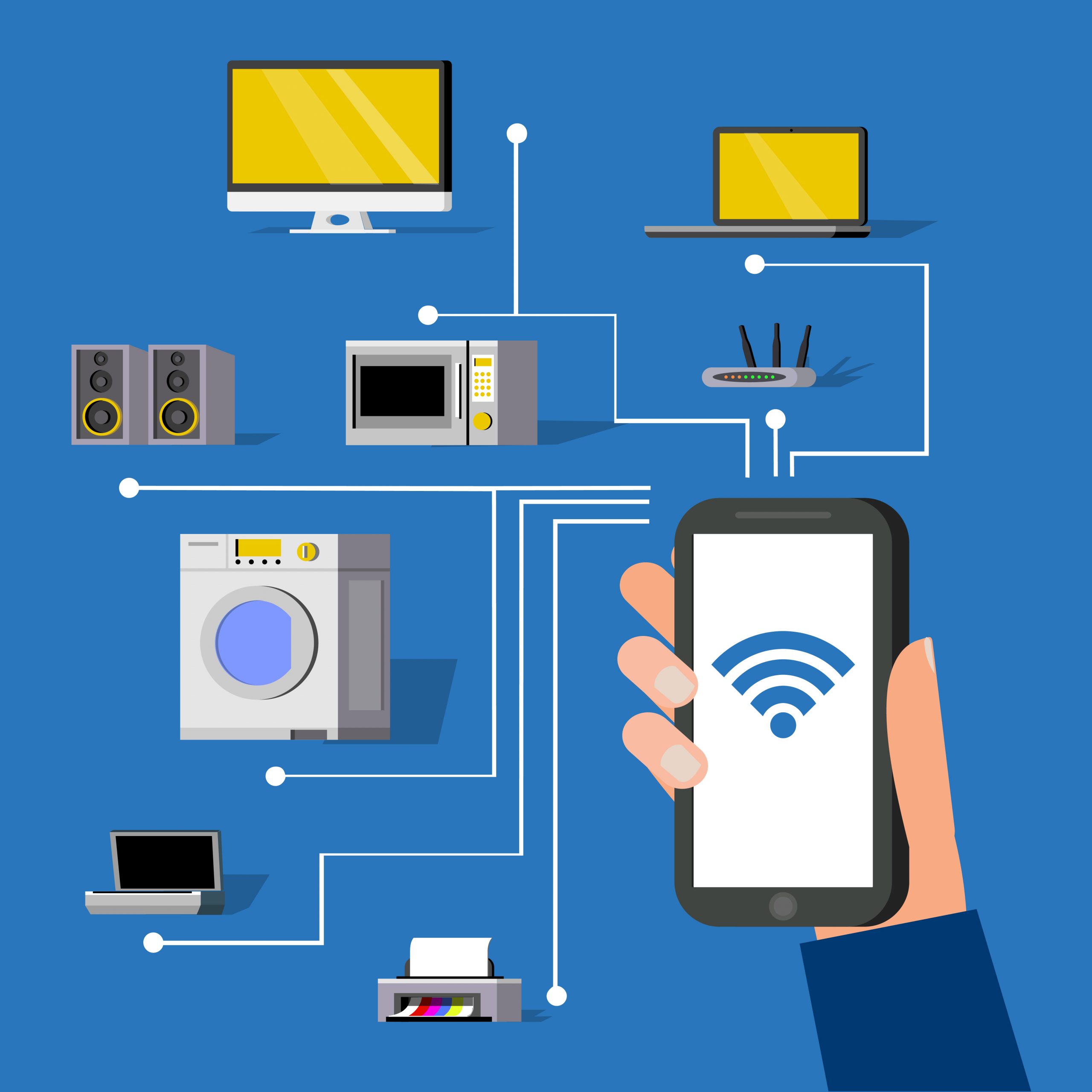Wi-Fi, also spelt Wifi or WiFi, is a popular technology that allows an electronic device to exchange data or connect to the internet wirelessly using radio waves. The Wi-Fi Alliance defines Wi-Fi as any “wireless local area network (WLAN) products that are based on the Institute of Electrical and Electronics Engineers’ (IEEE) 802.11 standards”.[1] However, since most modern WLANs are based on these standards, the term “Wi-Fi” is used in general English as a synonym for “WLAN”. Only Wi-Fi products that complete Wi-Fi Alliance interoperability certification testing successfully may use the “Wi-Fi CERTIFIED” trademark.
Many devices can use wi-fi e.g. personal computers, video-game consoles, smartphones, some digital cameras, tablet computers and digital audio players. These can connect to a network resource such as the Internet via a wireless network access point. Such an access point (or hotspot) has a range of about 20 meters (65 feet) indoors and a greater range outdoors. Hotspot coverage can comprise an area as small as a single room with walls that block radio waves, or as large as many square miles achieved by using multiple overlapping access points.
Connect to a Wi-Fi LAN, a computer has to be equipped with a wireless network interface controller. The combination of computer and interface controller is called a station. All stations share a single radio frequency communication channel. Transmissions on this channel are received by all stations within range. The hardware does not signal the user that the transmission was delivered and is therefore called a best-effort delivery mechanism. A carrier wave is used to transmit the data in packets, referred to as “Ethernet frames”. Each station is constantly tuned in on the radio frequency communication channel to pick up available transmissions.
